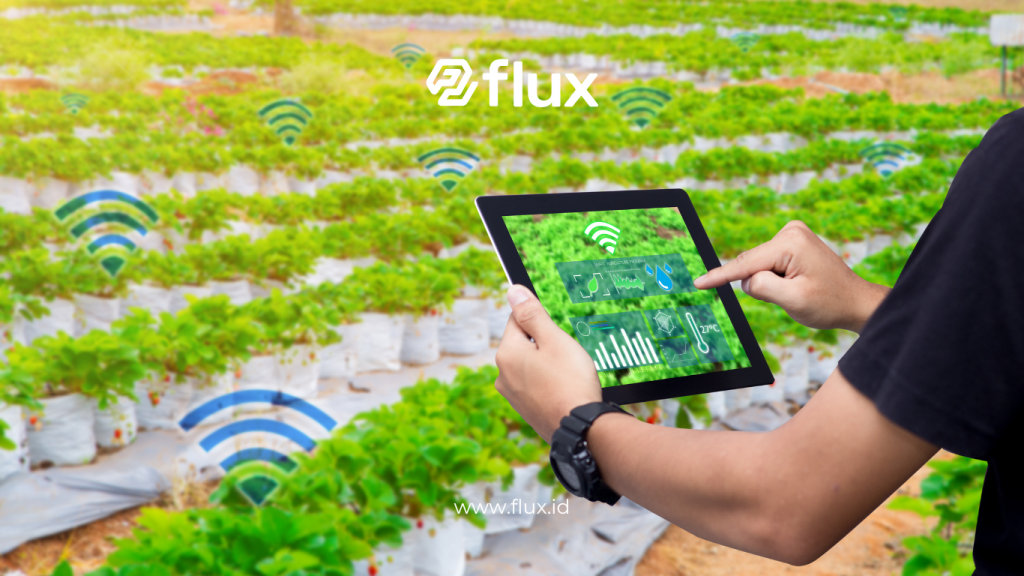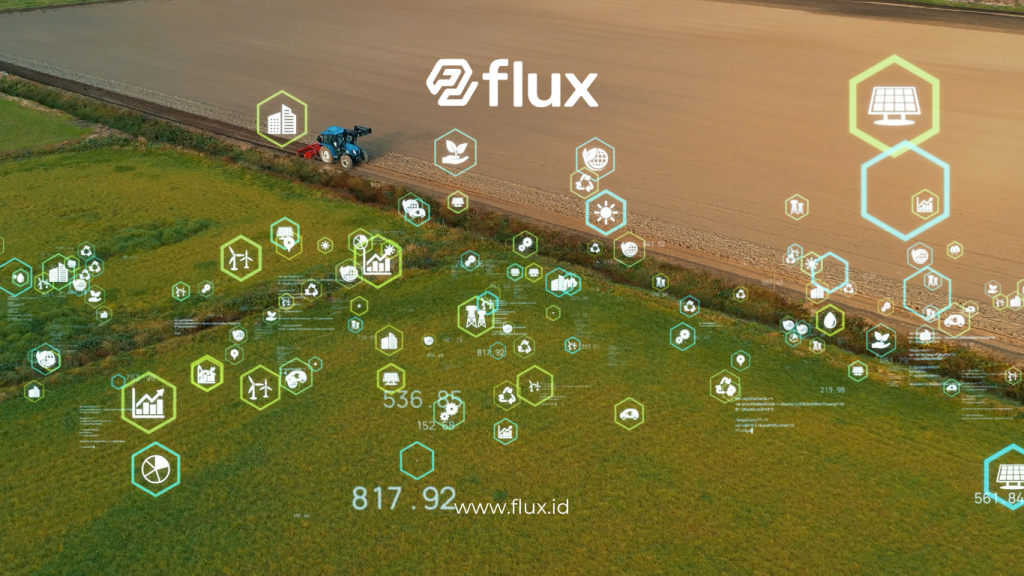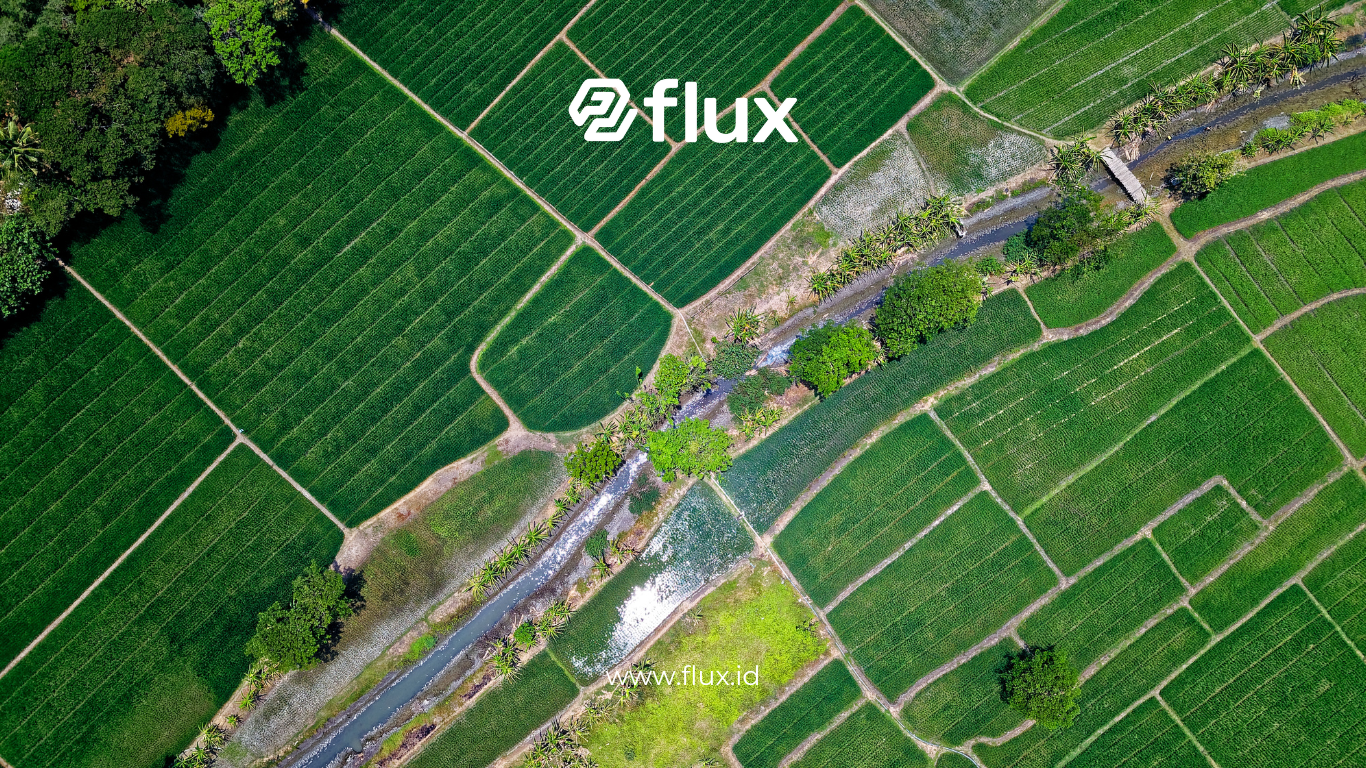Don't miss our holiday offer - 20% OFF!
The Internet of Things (IoT) technology is increasingly adopted across various sectors, including agriculture. IoT sensors play a crucial role in monitoring soil and crop conditions, enabling farmers to make smarter decisions. This article explores the different types of IoT sensors used in agriculture, their functions, and how this technology can enhance the efficiency and productivity of agricultural fields.
Contents
Types of IoT Sensors in Agriculture

Read More: IoT Sensor Technology in Agriculture: How to Efficiently Monitor Plant Health and Soil Conditions
- Soil Moisture Sensors
- Function: Measure soil water levels to ensure precise irrigation needs.
- Benefits: Optimize water usage, reduce drought risk, and improve crop yield.
- Temperature and Humidity Sensors
- Function: Monitor the air temperature and humidity around agricultural fields.
- Benefits: Help farmers adjust planting times and protect crops from extreme weather conditions.
- Soil pH Sensors
- Function: Measure soil acidity levels that affect plant growth.
- Benefits: Ensure the soil has the appropriate pH for the crops, enhancing fertilizer efficiency.
- Soil Nutrient Sensors
- Function: Detect nutrient levels such as nitrogen, phosphorus, and potassium in the soil.
- Benefits: Ensure crops receive adequate nutrients, reduce excess fertilizer use, and minimize environmental impact.
- Light Sensors
- Function: Measure light intensity received by the plants.
- Benefits: Optimize plant placement to maximize photosynthesis and growth.
- Rain Sensors
- Function: Detect the presence of rain in agricultural areas.
- Benefits: Determine the best time for irrigation and avoid unnecessary watering.
- Gas Sensors
- Function: Measure gas levels such as CO2 and ammonia around the crops.
- Benefits: Help farmers detect environmental conditions that could affect crop health.
Functions of IoT Sensors in Agricultural Field Monitoring

- Collecting Real-Time Data
- IoT sensors provide real-time data that help farmers understand their field conditions directly. This information enables quick action to address any arising issues.
- Optimizing Resource Use
- The use of IoT sensors allows for resource savings, such as water, fertilizers, and energy. With accurate data, resource usage can be tailored to the specific needs of the plants, reducing waste and costs.
- Detecting Pests and Plant Diseases
- IoT sensors can detect early signs of pest or disease attacks on plants, allowing early intervention before the problem escalates and affects the yield.
- Improving Agricultural Decision-Making
- Data collected by IoT sensors help farmers make evidence-based decisions, such as when to irrigate, fertilize, or harvest.
- Monitoring Local Weather Conditions
- Weather sensors connected to IoT systems allow monitoring of local weather conditions, helping farmers adjust their field activities according to weather forecasts.
Benefits of Using IoT Sensors in Agriculture

Read More: Maximizing Agricultural Production with IoT Solutions from fluxFarming
- Increased Crop Yields
- With better monitoring of soil and crop conditions, farmers can increase yields by meeting the specific needs of the plants.
- Cost Efficiency
- IoT sensors help reduce operational costs by optimizing resource use and minimizing waste.
- Better Risk Management
- Timely data allows farmers to manage risks related to weather changes, pest attacks, and diseases more effectively.
- Improved Land Management
- Sensors help farmers understand variations within their fields, allowing more precise and suitable management of each section of land.
- Sustainable Agriculture
- By reducing the use of water, fertilizers, and chemicals, IoT sensors support more sustainable and environmentally friendly farming practices.
Challenges of Implementing IoT Sensors in Agriculture
- High Initial Costs
- Implementing IoT technology requires significant initial investment, which can be a barrier for small-scale farmers.
- Limited Infrastructure
- Limited internet connectivity in rural areas can hinder the effective use of IoT sensors.
- Training Needs
- Farmers need training to understand and utilize the data generated by IoT sensors to maximize their benefits.
- Data Security
- Data protection and privacy are challenges in using IoT technology, especially with the vast amount of data collected from agricultural fields.
Conclusion
The use of IoT sensors in agriculture offers significant benefits, from increasing crop yields to cost efficiency. Types of sensors such as soil moisture, temperature, pH, and nutrient sensors enable farmers to monitor field conditions in real-time, make more accurate decisions, and manage their land more efficiently. Despite the challenges in implementation, the advantages far outweigh these obstacles, making IoT sensors a highly promising technology for the future of sustainable agriculture.
With proper adoption and infrastructure support, IoT sensors will continue to evolve as essential tools in modern agriculture, helping farmers enhance productivity and sustainability in their farming operations.





